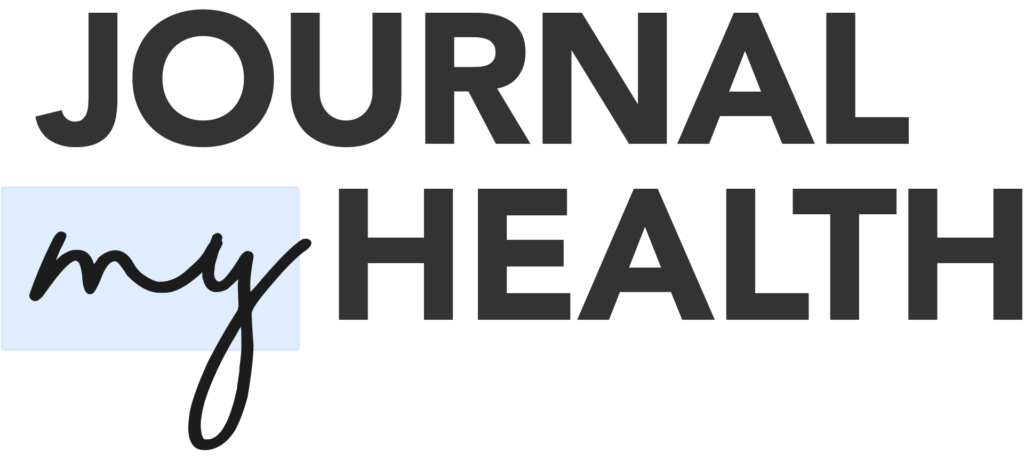The integration of patient-generated health data (PGHD) has become a transformative force in oncology, building on the historical foundation of manual data collection and vastly expanding the scope and depth of information available to clinicians and researchers.
What is Patient-Generated Health Data?
PGHD encompasses health-related information created, recorded, or gathered by patients or their caregivers to address a health concern. This includes self-reported symptoms, treatment histories, quality of life assessments, biometric data from wearable devices, and even social determinants of health[1][2][3].
Why PGHD Matters in Oncology
- Enhanced Clinical Insight: PGHD provides real-time, nuanced data on how patients experience their disease and treatments outside clinical settings. This continuous stream of information helps clinicians better understand the effects and side effects of therapies, monitor adherence, and quickly identify complications[1][2][3].
- Improved Patient Outcomes: Studies have shown that collecting, monitoring, and responding to PGHD is linked to improved patient satisfaction, higher quality of life, and potentially better survival rates in oncology[3][4]. For example, patient-reported outcomes (PROs) can independently predict survival and help tailor interventions to individual needs[2].
- Personalization and Empowerment: PGHD empowers patients by involving them directly in their care, fostering engagement, and enabling more personalized treatment plans[5].
- Research and Clinical Trials: In oncology research, PGHD increases the efficiency and value of clinical trials by capturing more granular data on patient experiences, adherence, and outcomes. This can lead to more accurate assessments of treatment efficacy and toxicity, and can help reduce the sample size needed for trials by maximizing the information gained from each participant[2].
- Data Integration and Quality: The inclusion of PGHD in electronic health records (EHRs) enhances the quality and completeness of clinical data, supporting better care coordination and more robust research datasets[3][4].
Examples of PGHD Impact
- Remote Symptom Monitoring: Wearable devices and smartphone apps allow patients to report symptoms and side effects in real time, enabling early intervention and reducing hospitalizations[1][2].
- Medication Adherence: Digital tools can track when patients take their medications, helping identify barriers to adherence and informing strategies to improve outcomes, as seen in chronic myeloid leukemia management[2].
- Quality of Life Measurement: Regular collection of patient-reported quality of life data helps clinicians and researchers understand the broader impact of cancer and its treatments, leading to more holistic care[2].
Challenges and Opportunities
The integration of patient-generated health data (PGHD) into oncology is not without its hurdles. Bringing together diverse streams of data-ranging from wearable devices to patient-reported outcomes-into electronic health records can be technically complex. Concerns about data quality, privacy, and the risk of overwhelming patients with too many surveys are real and must be addressed thoughtfully.
The need to ensure data accuracy and protect patient privacy is driving the creation of rigorous validation protocols and stronger cybersecurity measures.
Perhaps most exciting is the shift toward patient-centered innovation. By involving patients in the design and oversight of data collection tools, healthcare teams are making these systems more user-friendly, relevant, and respectful of patients’ time and experiences.
Real-time, patient-driven data is enabling more personalized treatment strategies, supporting adaptive clinical trials, and generating real-world evidence that can accelerate research.
1. https://pmc.ncbi.nlm.nih.gov/articles/PMC7488179/
2. https://pmc.ncbi.nlm.nih.gov/articles/PMC5528746/
3. https://pmc.ncbi.nlm.nih.gov/articles/PMC10961646/
4. https://jnccn.org/abstract/journals/jnccn/20/13/article-jnccn21244.xml

